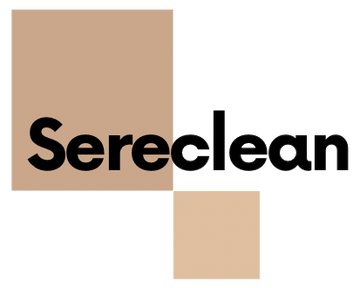The Future of Clear Aligners: How Material Innovations Are Transforming Treatment

Clear aligners have transformed orthodontics, providing a comfortable, discreet, and effective alternative to traditional braces. While the concept of clear aligners has been around for years, recent material innovations are pushing the boundaries of what’s possible-improving patient experience, treatment efficiency, and long-term results.
The Evolution of Aligner Materials
In the early days of clear aligners, most were made from simple thermoplastic materials. While these were effective to an extent, they often lacked flexibility, durability, and the ability to exert controlled force over time. Today, research and development in dental materials have led to significant advancements, improving every aspect of aligner therapy.
Key Material Innovations in Clear Aligners
1. Multi-Layered Polymers for Greater Durability
Modern aligners use multi-layered materials that combine flexibility with strength. This allows them to apply gentle yet sustained pressure on the teeth, resulting in more predictable and efficient tooth movements. These materials are also more resistant to cracking or tearing, extending the longevity of each aligner set.
2. Enhanced Stain Resistance for a Clearer Smile
One common issue with older aligner materials was their tendency to stain over time, leading to an unsightly yellowish tint. Newer aligner materials are specifically designed to resist staining from foods, beverages, and plaque buildup, keeping aligners clearer for longer.
3. Improved Comfort with Softer and More Flexible Materials
Advancements in material composition have led to the development of aligners that conform better to the teeth, reducing irritation and discomfort. Some brands now incorporate materials with memory properties, allowing them to adjust more seamlessly to the natural contours of the teeth and gums.
4. Smart Materials for Optimised Force Application
Some of the latest aligners utilise smart polymers that provide consistent force application over time. Unlike traditional materials that may lose their effectiveness after a few days, these smart polymers ensure steady and controlled movement throughout the entire wear cycle of each aligner.
5. Eco-Friendly and Biodegradable Aligner Options
Sustainability is becoming an important consideration in the dental industry. Some companies are now experimenting with biodegradable or recyclable materials for clear aligners, reducing the environmental impact of orthodontic treatment while maintaining high performance.
The Future of Clear Aligner Materials
With continued advancements in material science, the future of clear aligners looks promising. Researchers are exploring self-adjusting materials, antibacterial coatings, and even AI-driven customisation to further enhance treatment outcomes. As these innovations progress, patients can expect aligners that are more effective, comfortable, and environmentally friendly than ever before.
Final Thoughts
Material innovations in clear aligners are not just improving aesthetics and comfort- they are transforming the entire orthodontic experience. Whether you’re a dental professional or a patient considering clear aligners, staying informed about these advancements ensures you can make the best choice for optimal results.
Would you like to learn more about how Sereclean can help maintain the clarity and hygiene of your aligners? Contact us today!


